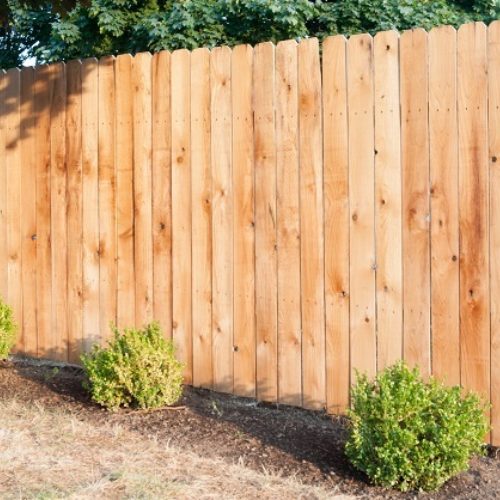What You Need to Know About Cedar Fencing
When it comes to enhancing the beauty and functionality of an outdoor space, few materials can match the natural charm and durability of cedar. American International Forest Products offers a range of high-quality cedar fencing and decking options that not only add aesthetic appeal but also stand the test of time. In this guide, we’ll explore everything you need to know about cedar fencing and decking.
The Benefits of Cedar
Natural Beauty
Cedar’s rich, reddish-brown hues provide a warm and inviting look that complements any outdoor setting. Its natural grain patterns add character and depth to your space.
Durability
Cedar is renowned for its exceptional durability. It naturally contains oils that resist decay and repel insects, making it an ideal choice for outdoor applications.
Low Maintenance
Compared to other wood species, cedar requires minimal maintenance. Occasional cleaning and resealing are usually all that’s needed to keep it looking its best.
Sustainability
Cedar is a renewable resource, making it an eco-friendly choice for environmentally-conscious projects. It’s harvested responsibly to ensure the long-term health of the forests.
Cedar Fencing: Form and Function
Privacy and Security
Cedar fences provide a natural barrier that offers both privacy and security for your property. Its solid construction and durability ensure long-lasting protection.
Versatility
Whether you prefer a traditional picket style or a more modern, streamlined design, cedar can be crafted to suit a wide range of aesthetic preferences.
Customization
Cedar fencing can be stained or painted to match your desired color scheme. This allows for a high degree of customization to complement your overall landscape design.
Cedar Decking: Safe and Long Lasting
Warmth and Comfort
Walking on a cedar deck is a tactile pleasure. Its natural properties ensure that it remains cool to the touch even in hot weather, providing a comfortable surface for bare feet.
Resistance to Elements
Cedar contains natural oils that act as a barrier against moisture, UV rays, and insects. This makes it highly resistant to weathering, warping, and decay.
Safe and Family-Friendly
The natural grip and slip-resistant surface of cedar decking make it a safe choice for families and pets. It's also less likely to splinter compared to other types of wood.
Contact Us
Investing in cedar fencing and decking from American International Forest Products not only enhances the aesthetic appeal of your outdoor space but also ensures long-lasting durability. With its natural beauty, low maintenance requirements, and environmental sustainability, cedar stands as a top choice for a new project.
For more information on our range of cedar products, feel free to contact us or browse our catalog.

Jump Start Your Career
Up for the challenge? We'll give you the tools to excel. AIFP is continually growing. We recruit new traders year-round.
